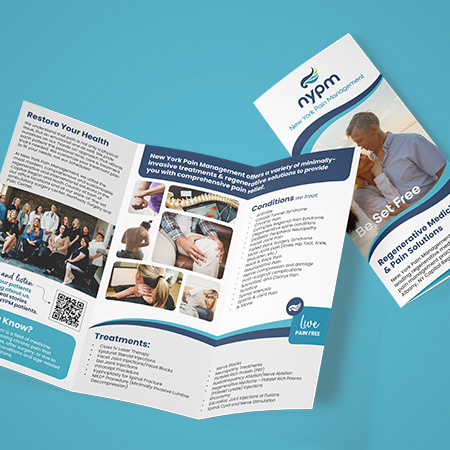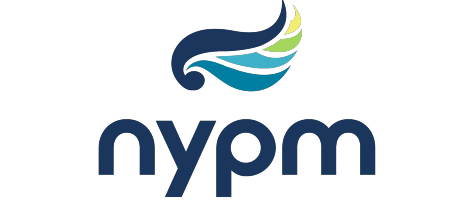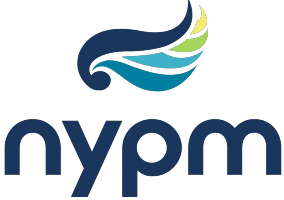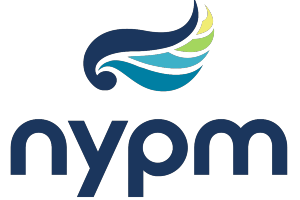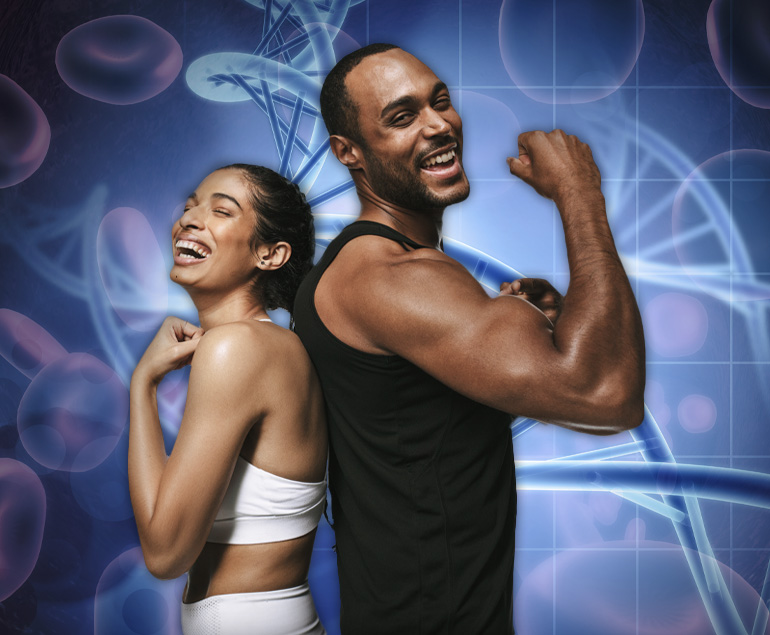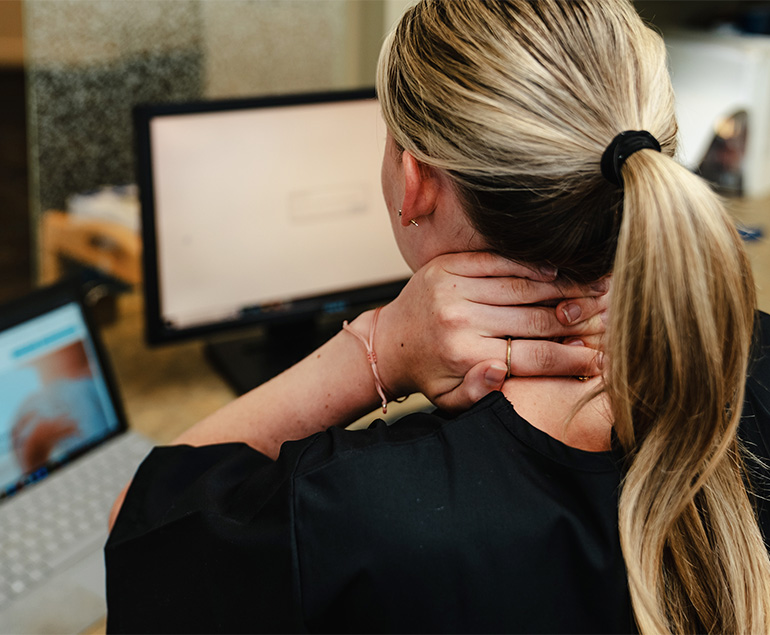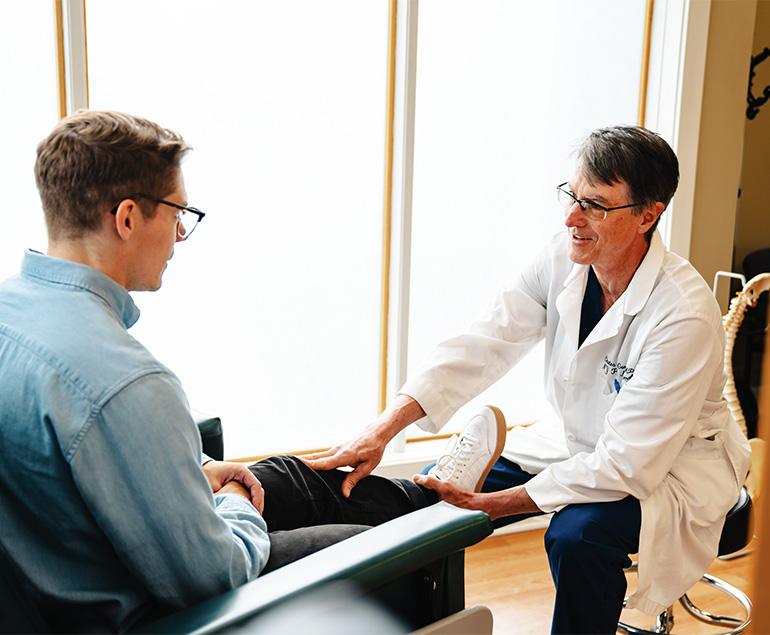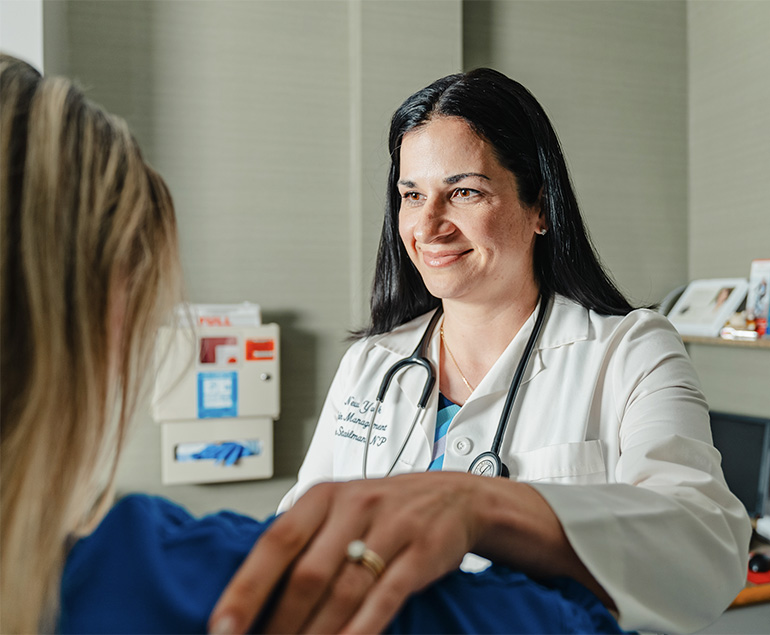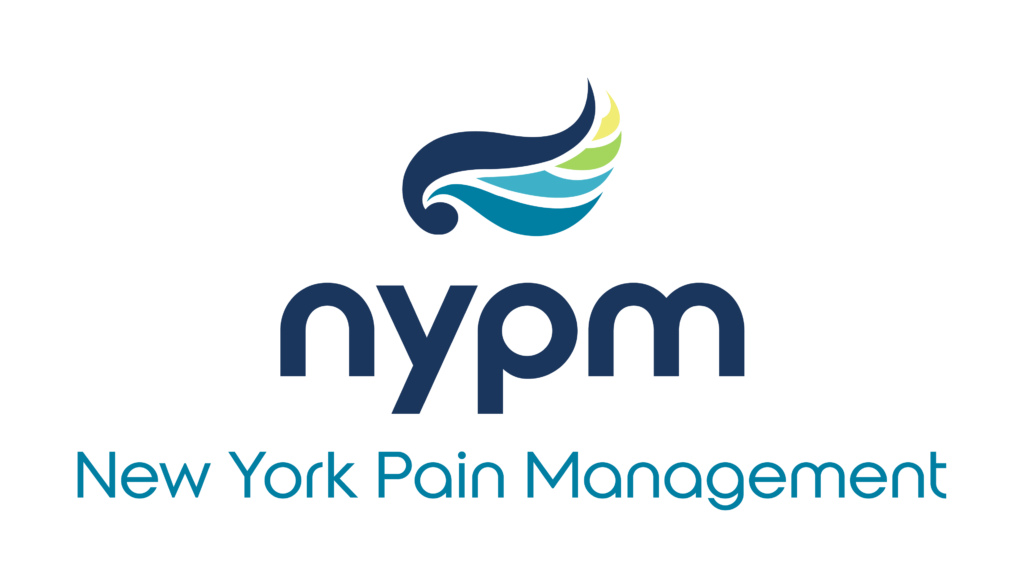Regenerative Medicine
The field of regenerative medicine is rapidly expanding to help repair parts of your body that no longer function as well as they should due to injury or the natural aging process. At NY Pain Management we provide patients in upstate NY with the cutting-edge therapies of regenerative medicine. Call or schedule an appointment online today to learn more about this innovative field of medicine.
Typical Treatments:
- PRP Injections
- Joint Gel Injections
- Ligament Injections
- Runners Knee
- Muscle tears and strains
- Tendonitis
- Golf and tennis elbow
- Degenerative joint conditions
Regenerative medicine is the process of assisting living tissues to repair or replace tissue that no longer works as a result of disease, age, damage, or birth defects. Regenerative medicine helps your body grow new tissue and stimulates your body’s ability to heal itself. Regenerative medicine has the potential to uncover solutions to challenging medical conditions that have afflicted humanity for many generations.
Who Can Benefit From Regenerative Medicine?
Regenerative medicine also helps to regrow bone and connective tissue to repair injured bones and ligaments. Regenerative medicine helps replace and regrow damaged knee cartilage for men and women suffering from conditions like osteoarthritis, too. PRP therapy is part of restorative medicine as well, and can aid in the healing process for several different age- and injury-related conditions, plus chronic conditions such as:
- Ligament Injections
- Runners Knee
- Muscle tears and strains
- Tendonitis
- Golf and tennis elbow
- Degenerative joint conditions
PRP Injections Brochure: Click here
PRP Injections Poster: Click here
For more information on the services and treatments NYPM provides, please click on applicable topic below:
Class IV Laser Treatment is an advanced laser technology that works to eliminate pain and reduce inflammation in the body in a safe, painless, and non-invasive way. This therapy utilizes dual wavelengths of infrared light to penetrate deep into the tissue and stimulate regeneration at the cellular level.
The Class IV Laser Treatment aids in the quick recovery of sprains & strains, improving the structure and function of an injured region; swollen areas and surface injuries, such as wounds and ulcers. There are no known side-effects from treatment and the benefits of treatment include: rapidly reduced pain, strong anti-inflammatory, and improved blood circulation.
NYPM is proud to be on the medical technological forefront by offering Class IV Laser Treatment. We have invested in the very best technology as a key component of our continuing quest to offer you the finest in health care. Learn more about the benefits of Class IV Laser Treatment – click here.
Degenerative joint disease, which is also referred to as osteoarthritis (OA), is a common “wear and tear” disease that occurs when the cartilage that serves as a cushion in the joints deteriorates. This condition can affect any joint but is most common in knees, hands, hips, and spine.
Gel injections are a type of treatment used to relieve knee pain. They are made up of a substance that is similar to the fluid that surrounds the joints, called hyaluronic acid. This acid helps to lubricate the joints and provide cushioning. The gel is injected into the knee joint, where it can help to reduce pain and improve mobility. These injections are beneficial to your tissues by lubricating and providing an environment in which tissues can heal. Other joints may be amenable to gel injections, but knees are the most commonly injected joints.
Golfer’s elbow is not as common or well known as its cousin, tennis elbow. Both are forms of elbow tendinitis, which causes inflammation and pain. The difference is that tennis elbow stems from damage to tendons on the outside of the elbow, while golfer’s elbow is caused by tendons on the inside.
A torn or strained ligament is a painful injury that may be accompanied by swelling and bruising. It usually occurs due to extreme force to a joint, such as with a fall or another high-impact event. Common ligament tears happen in the ankle, knee, wrist, thumb, neck, or back.
A ligament is a tough band of fibrous tissue that connects bone to bone. It also connects bones to cartilage, a key element of the joints in your body.
Ligaments are quite strong but can be stretched or even torn. This results in various grades, or levels, of sprain injury. This can occur with a fall, a sudden twist, or a blow to the body.
These injuries are common during athletic activity, since joints are in constant motion and under a lot of stress. Ligaments in the ankle, knee, and wrist are commonly affected.
A grade 2 sprain may need a brace to support it. This allows for healing of the partial ligament tear. How long you need to wear it will vary based on the specific injury. A grade 3 sprain may require surgery to repair the ligament.
Once the pain and swelling start to improve, at New York Pain Management we may recommend an MRI, physical therapy and possibly Platelet Rich Plasma(PRP) injection to try to heal the ligament. The recovery time can be a few weeks or up to a year, depending on the severity of the ligament tear.
Muscle strains are common, painful injuries. You can usually treat them at home with rest, icing and over-the-counter medicine. If you’re feeling pain for a few weeks after your injury or have severe symptoms, see your healthcare provider. If pain persists, physical therapy and muscle injection may be needed.
What is a muscle strain? A muscle strain is an injury to one of your muscles that causes it to tear. They’re one of the most common injuries, especially among athletes. Strains are classified with three grades to indicate how severe they are.
What is the difference between a muscle strain and a pulled muscle?
There’s no difference between a strained muscle and a pulled muscle. People use the terms interchangeably. The same is true for a strained muscle and a torn muscle. They’re the same injury with the same symptoms and treatments.
PRP injections are becoming more widely known for their success in helping to heal injuries and manage arthritis pain. At NY Pain Management we offer PRP injections as part of a comprehensive treatment plan for patients managing chronic pain, tendon or ligament injuries and arthritic pain. The understanding of and implementation of PRP restorative techniques is rapidly growing and an exciting avenue of treatment. To learn more about the benefits of PRP injections, call or schedule an appointment online today.
Runner’s knee is the common term used to describe any one of several conditions that cause pain around the kneecap. It may be caused by running or any activity that repeatedly stresses the knee joint.
Conditions that can cause Runner’s knee include anterior knee pain syndrome, patellofemoral malalignment, chondromalacia patella, and iliotibial band syndrome. According to the Harvard Medical School, runner’s knee is more common in women than in men, particularly in women of middle age. People who are overweight are especially prone to the disorder.
What are the symptoms of runner’s knee?
The hallmark of runner’s knee is a dull, aching pain around or behind the kneecap, or patella, especially where it meets the lower part of the thighbone or femur. You may feel pain when walking, climbing or descending stairs, squatting, kneeling, running, or sitting down or standing up.
Other symptoms include swelling and popping or grinding in the knee. In the case of iliotibial band syndrome, the pain is most acute on the outside of the knee. This is where the iliotibial band, which runs from the hip to the lower leg, connects to the tibia, or the thicker, inner bone of the lower leg.
What causes runner’s knee?
The pain of runner’s knee may be caused by irritation of the soft tissues or lining of the knee, worn or torn cartilage, or strained tendons.
Tendonitis is inflammation of the thick fibrous cords that attach muscle to bone. These cords are called tendons. The condition causes pain and tenderness just outside a joint. Tendonitis can occur in any tendon. But it’s most common around shoulders, elbows, wrists, knees, and heels. Most tendonitis can be treated with rest, physical therapy, and medicine to reduce pain. Long-lasting tendon inflammation can cause a tendon to tear. A torn tendon might need surgery.
